In China, a reunion dinner is often held on the Chinese New Year's Eve, which will fall on February 9 this year. The whole family gets together to celebrate the Chinese New Year. It is usually considered the most important meal of the entire year.
What do people in Guangdong have for their New Year's Eve dinner? With subgroups like Cantonese, Hakka, and Teochew people in the province, the New Year's Eve dinner here features a diverse and abundant array of dishes that not only satisfy the taste buds but also carry well-wishes and expectations for the coming year.

Cantonese-style reunion dinner in Pearl River Delta
The Cantonese-style reunion dinner typically features an even number of dishes, traditionally including chicken, braised pork knuckles, stir-fried shiitake mushrooms and bok choy, steamed fish, roasted pork, poached shrimp, poon choi, and soup.
In Guangdong, there's a saying: "No chicken, no feast." Hence, during the Spring Festival, a must-have dish on the table is white cut chicken. In some regions, this dish symbolizes "a sound that amazes the world" and "auspiciousness," as "chicken (鸡)" sounds like "auspiciousness (吉)" in Chinese.
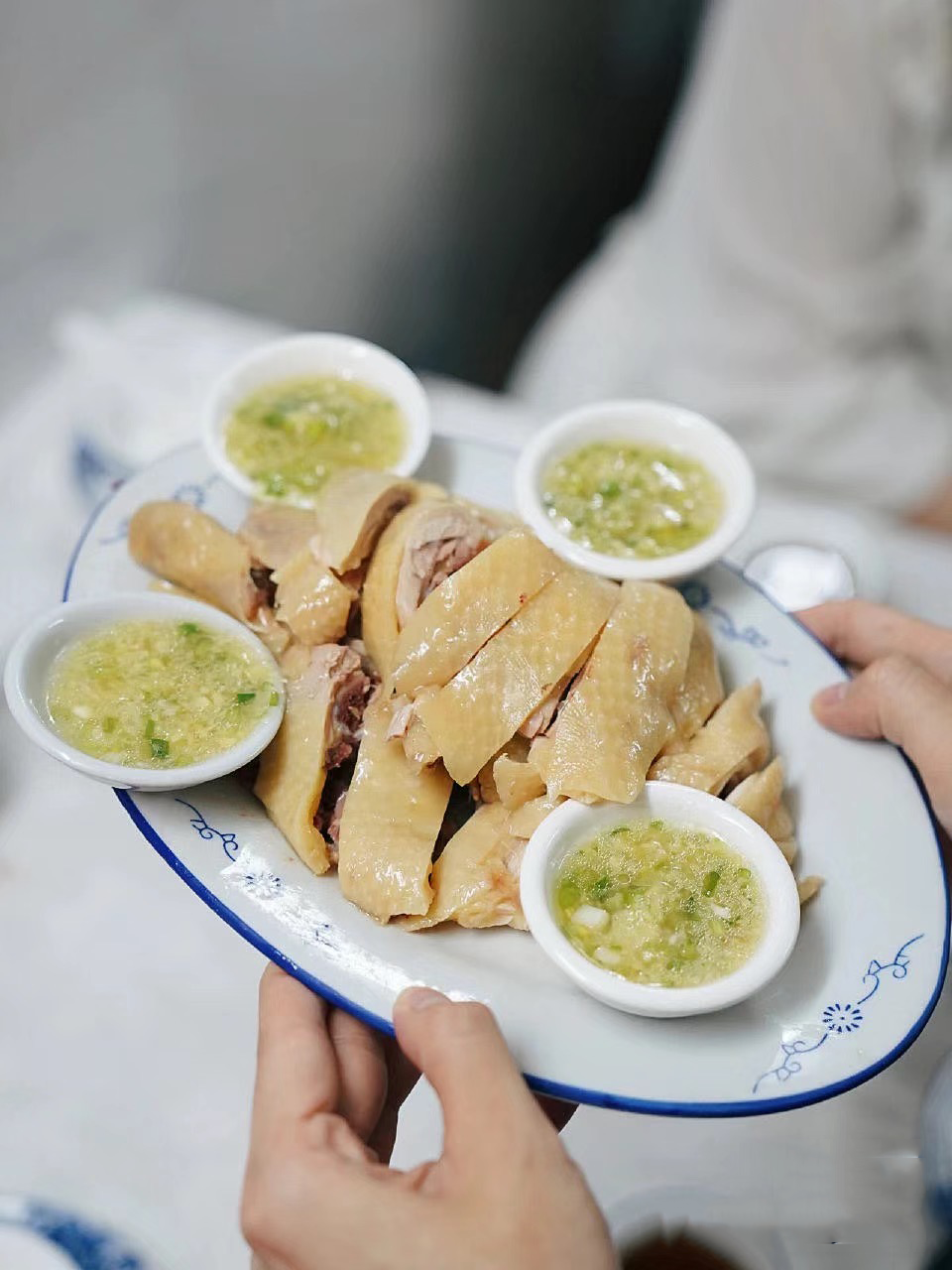
(Photo: Guangdong Fabu)
Poon choi is filled with layers of various ingredients, including chicken, abalone, prawns, scallops, mushrooms, and more good stuff. The dish is usually put in a large bowl and eaten layer by layer. People usually put ten kinds of ingredients together in poon choi, meaning "perfect" and "full of fortune", to make a good start for the New Year.
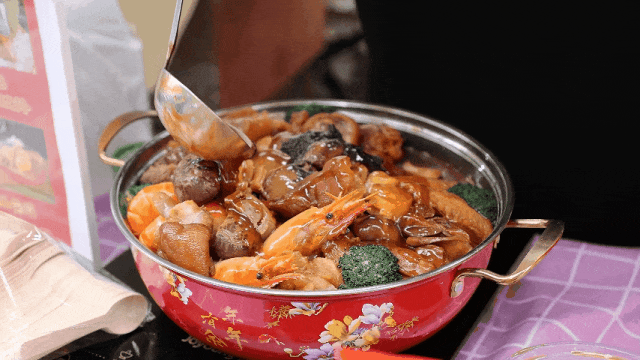
(Photo: WeChat account of Dongguan's Shilong Town)
In Chinese, "fish" (鱼) sounds like "surplus" (余). Chinese people believe that if they have managed to save something at the end of the year, then they can make more in the next year.
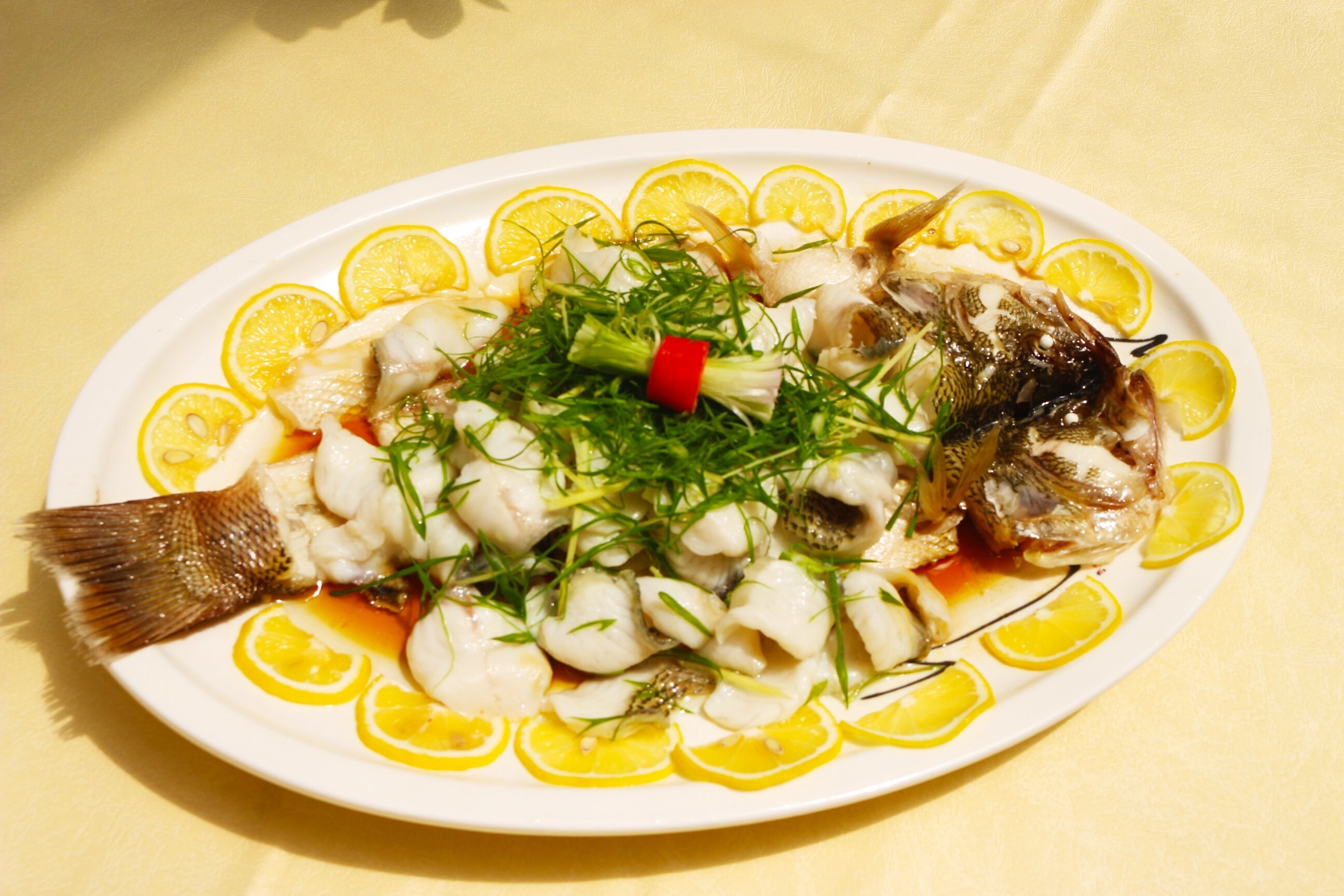
(Photo: Nanfang Rural Newspaper)
Additionally, the other dishes also carry auspicious meanings. For example, shiitake mushrooms resemble ancient coins, symbolizing continuous wealth, while the pronunciation of shrimp in Cantonese sounds like "laughter," representing a joyous and prosperous year ahead.
Teochew-style reunion dinner in eastern Guangdong
In Teochew dining, "No goose, no feast" is the motto. The locally produced Shi Tou goose, or lion-head goose, makes a frequent appearance on the dinner table during the Spring Festival. Featuring a glistening skin, an amber hue, and a special aroma, marinated Shi Tou goose is a favored delicacy among epicures.
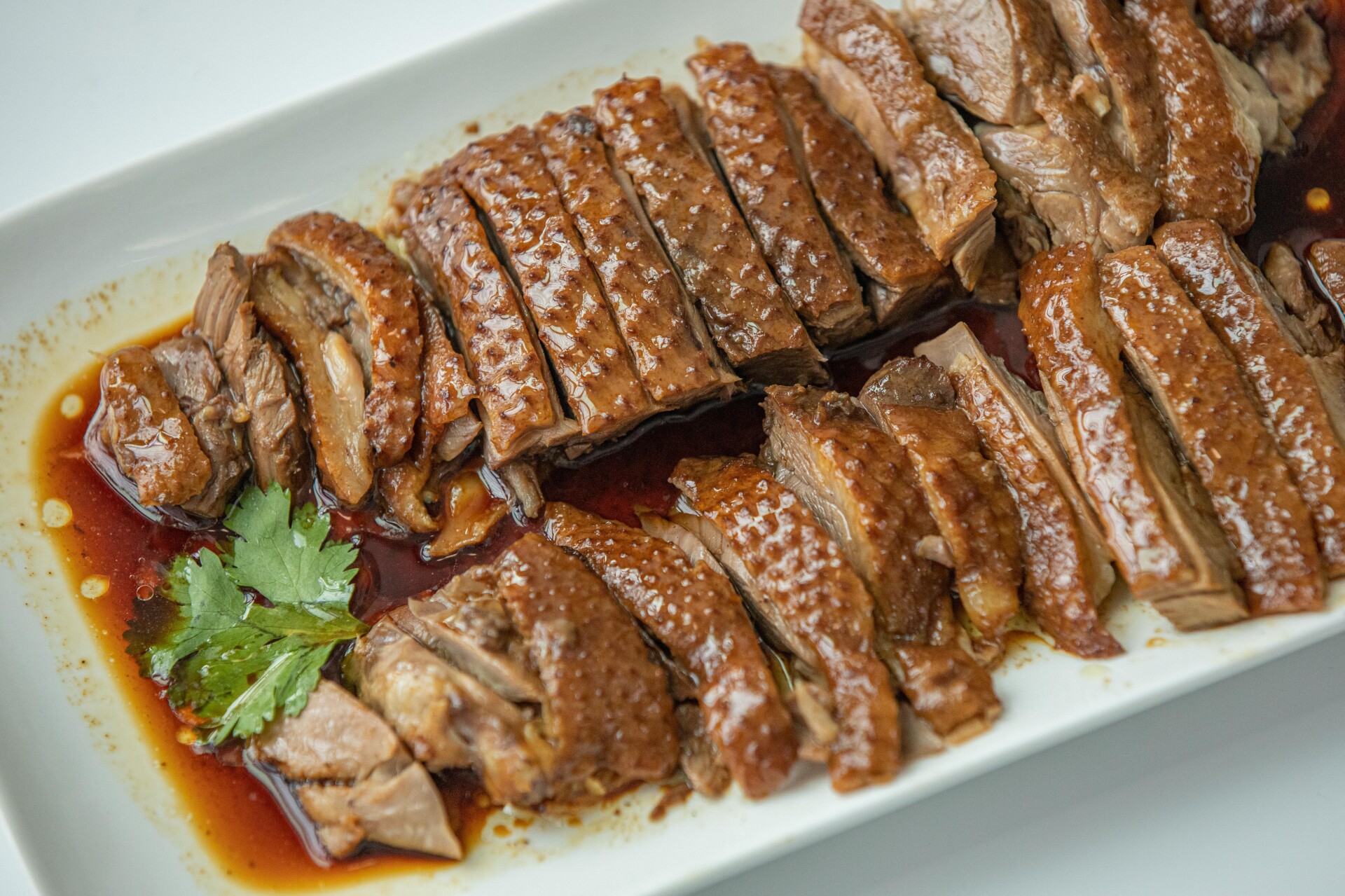
Seafood is an indispensable part of the Teochew New Year's Eve dinner, and almost every family will have blood cockles. Since shells were once used as currency in ancient times, Teochew people refer to blood cockles as "shell money", which they consume during the New Year's Eve dinner in hopes of abundant financial luck in the new year.
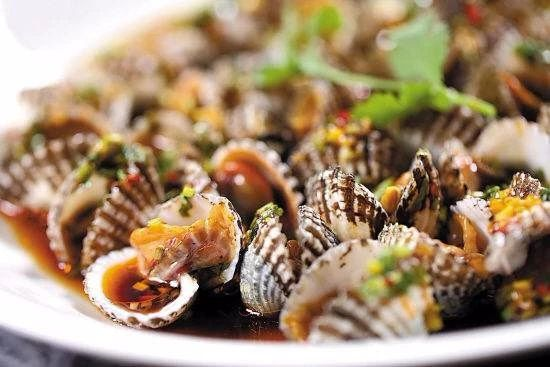
(Photo: Guangdong Fabu)
For the Teochew reunion dinner, sweet dishes are served as both appetizers and desserts, with offerings like sweet potato and taro simmered in syrup. The finale often features a sweet soup made from ginger potatoes (a kind of specialty in Chaozhou) and ginkgo fruits.
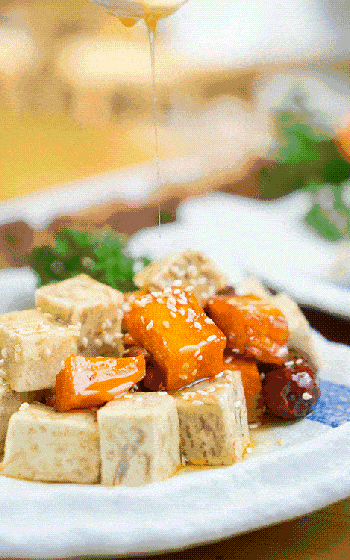
(Photo: Shantou Fabu)
Kueh, the bite-sized snack typically made from rice flour, also takes center stage during festivals in the Teochew area. Shaped like peaches, these desserts symbolize the pursuit of health and longevity. Among them, the radish kueh gains popularity for its phonetic resemblance to "Cai Tou" in the Chaozhou dialect, signifying good fortune.
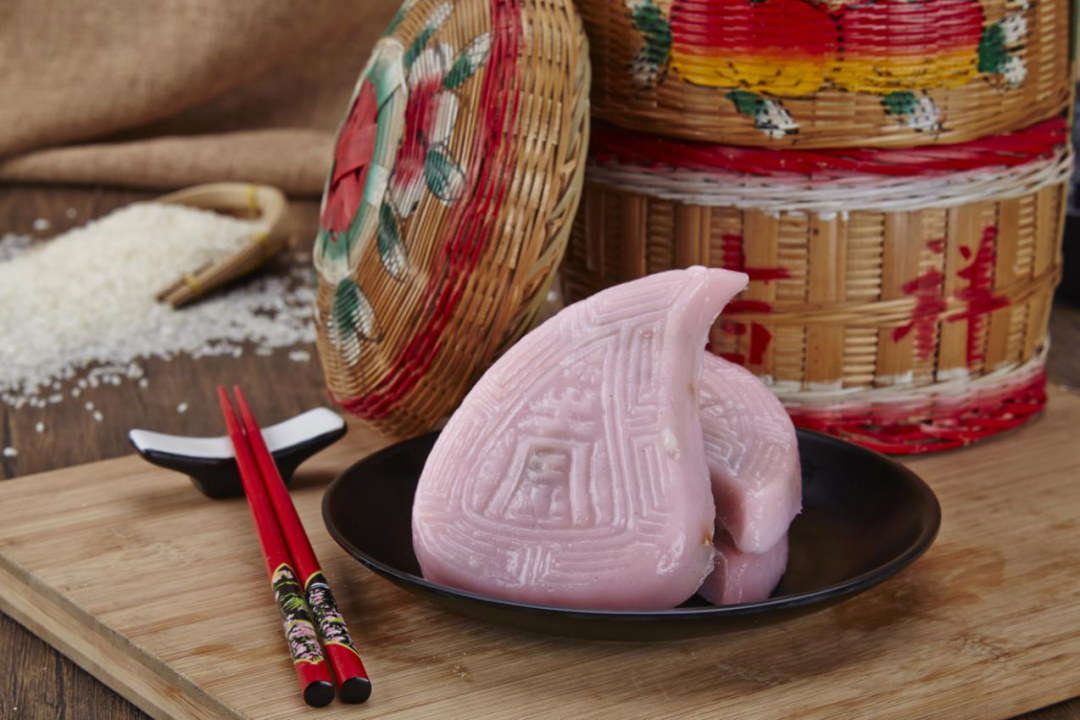
(Photo: Shantou Fabu)
Additionally, dishes like fish ball soup, representing unity and completeness, and crab noodles, symbolizing health, longevity, and good luck, are also common dishes of Teochew-style reunion dinners.
Hakka New Year's Eve dinner in northern Guangdong
In Northern Guangdong, chicken takes center stage as well. Salt-baked chicken, one of the three major Hakka dishes, originated from the practical need for easy storage and transportation during Hakka migrations. It turned to be delicious and has been passed down to this day.
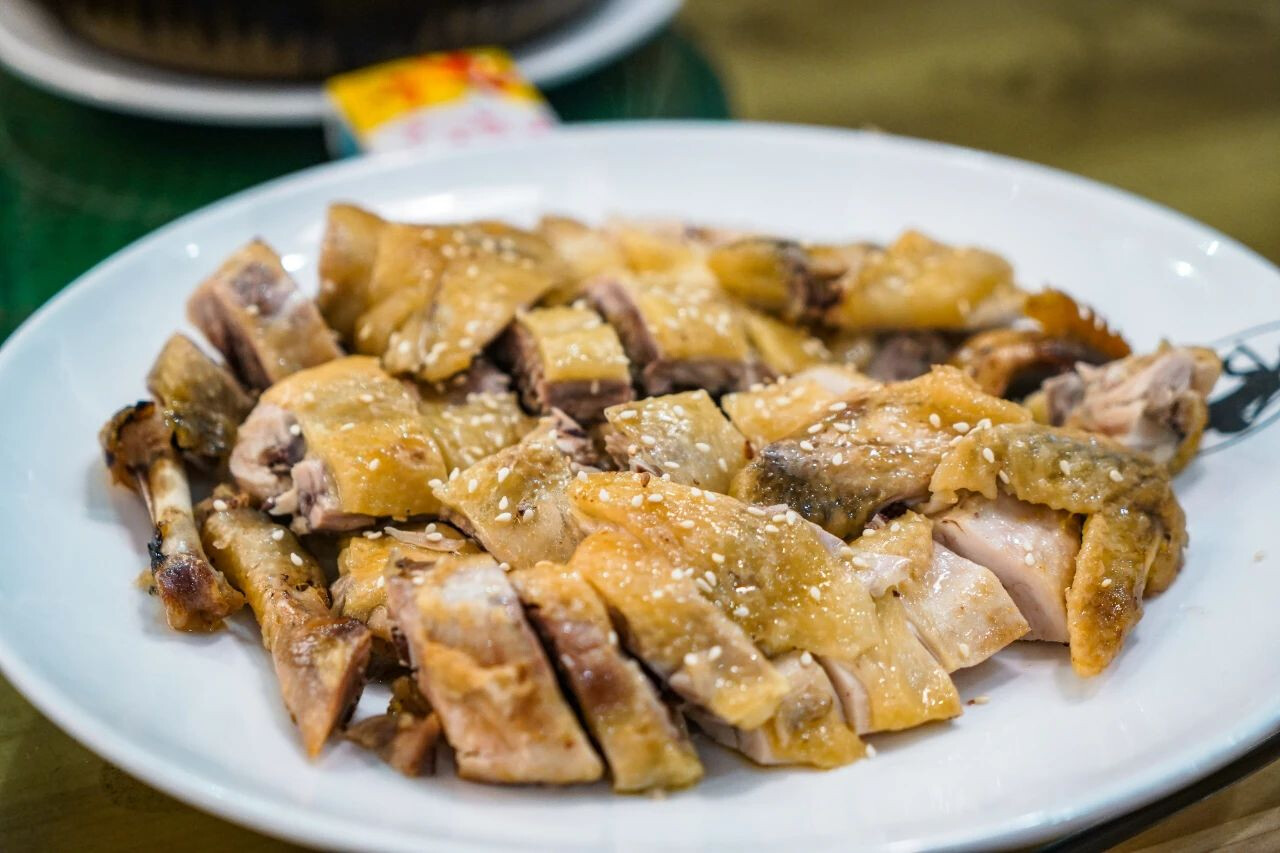
(Photo: Huizhou Municipal Culture, Radio, Television, Tourism and Sports Bureau)
In the Hakka regions, there's a saying, "No stuffed dish, no feast." Stuffed dishes involve inserting, stuffing, smearing, or wrapping one ingredient into another. Stuffed tofu, representative of stuffed dishes, is a common Hakka New Year's Eve dish, made with flavorful meat stuffing and tender tofu. Meanwhile, the "fu" in tofu is homophonic to "富" (wealthy) in Chinese, signifying wealth and prosperity.
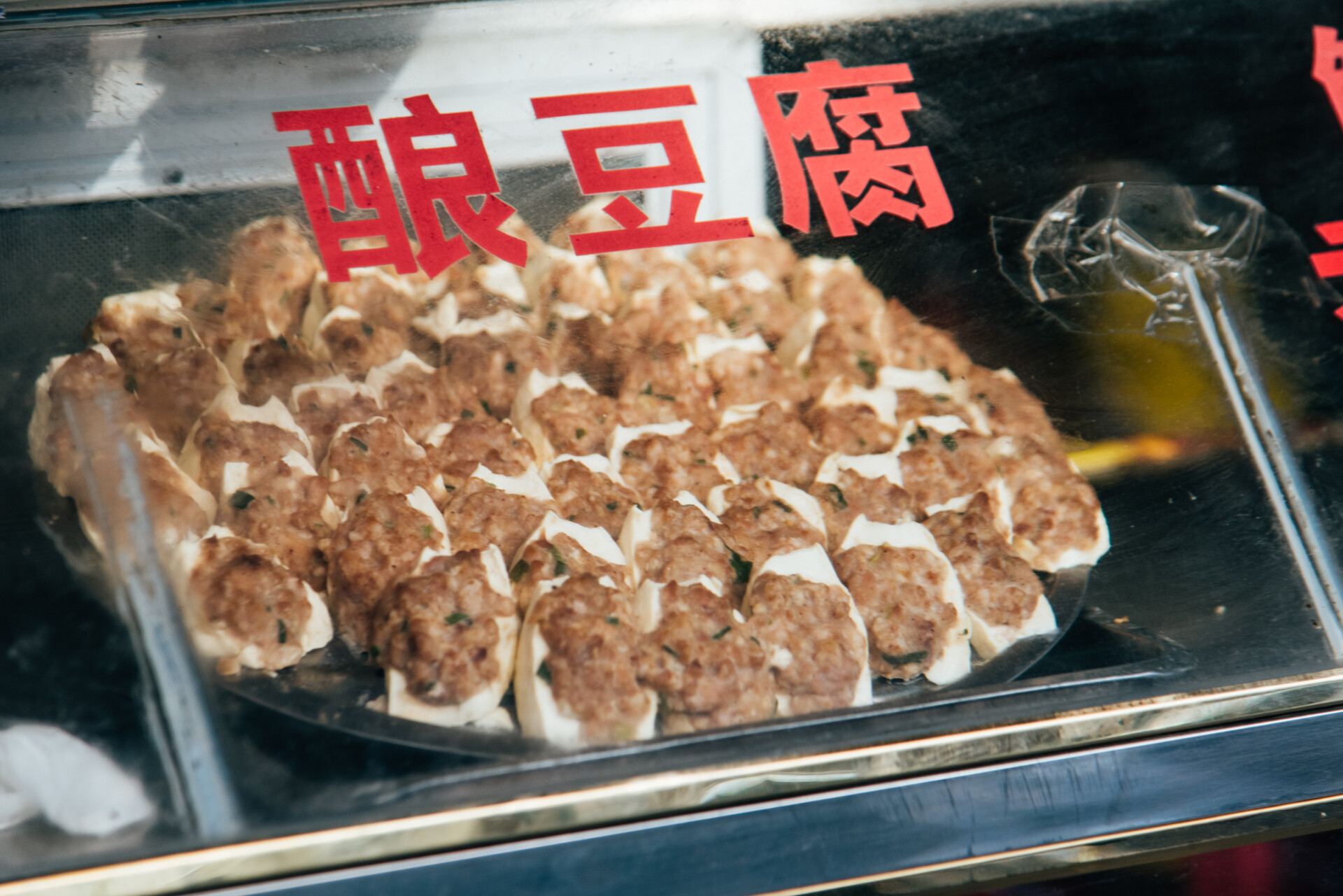
Other common dishes on the Hakka New Year's Eve dinner table include braised pork with preserved vegetables, braised goose, steamed fish, cured meats, and pork ball soup. Additionally, snacks like rice cake are often present, offering a variety of small treats.
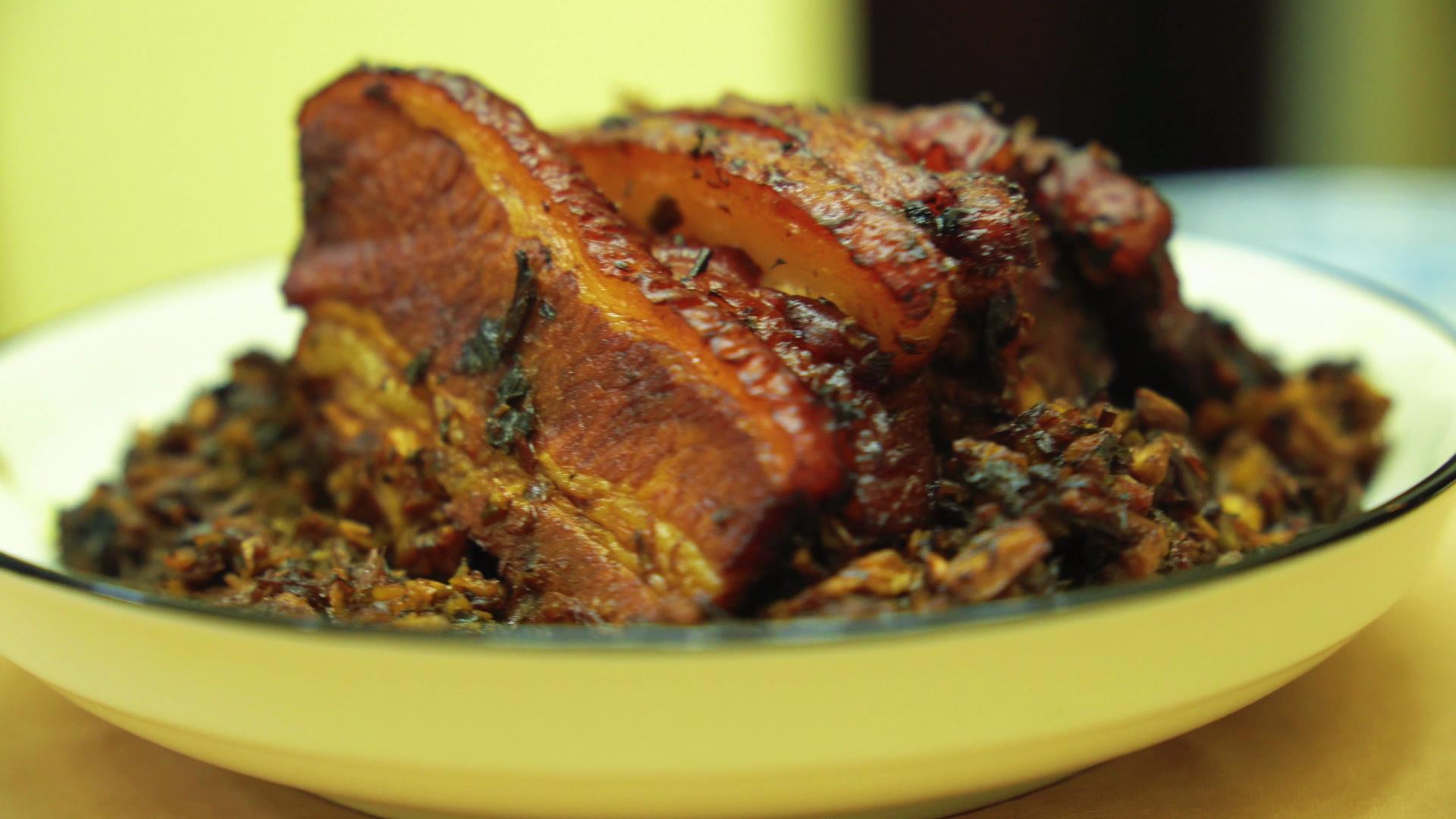
Seafood dominated dinner in western Guangdong
The New Year's Eve dinner in western Guangdong is not just a reunion feast; it is intertwined with ancestral worship and blessings. Careful preparations are made for the "three sacrifices" of chicken, fish, and pork, featuring common dishes such as white-cut chicken, steamed fish, and roasted pork.
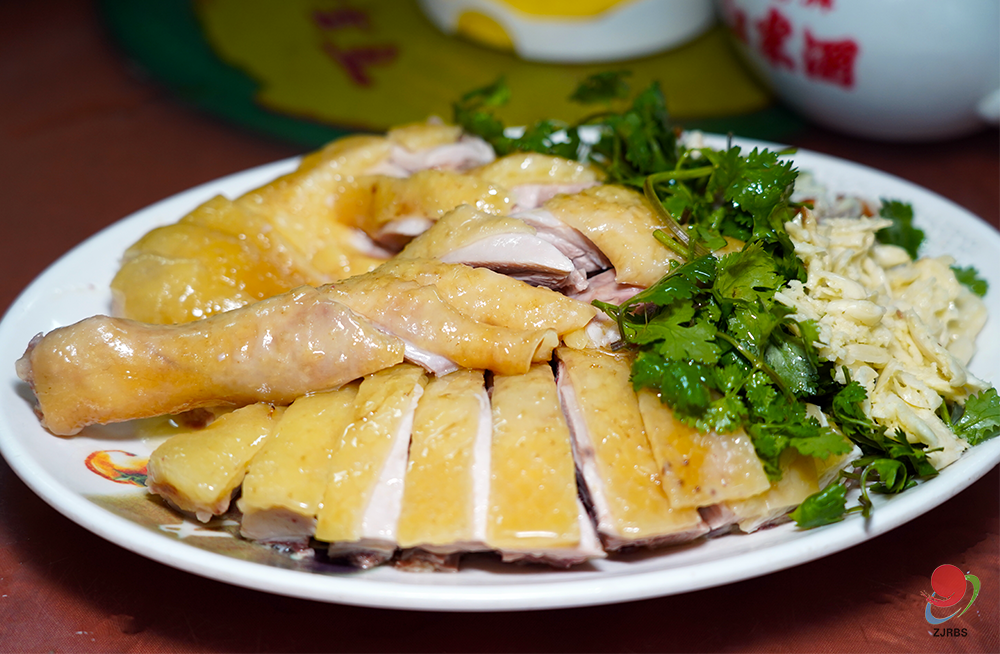

(Photo: Zhanjiang Daily)
Furthermore, as a coastal region, western Guangdong boasts an abundance of seafood. It is an integral part of daily meals, and dominates the New Year's Eve dinner there. Staples like poached prawns, squid, fresh oysters, and sea snails are the highlights of the festive feast.
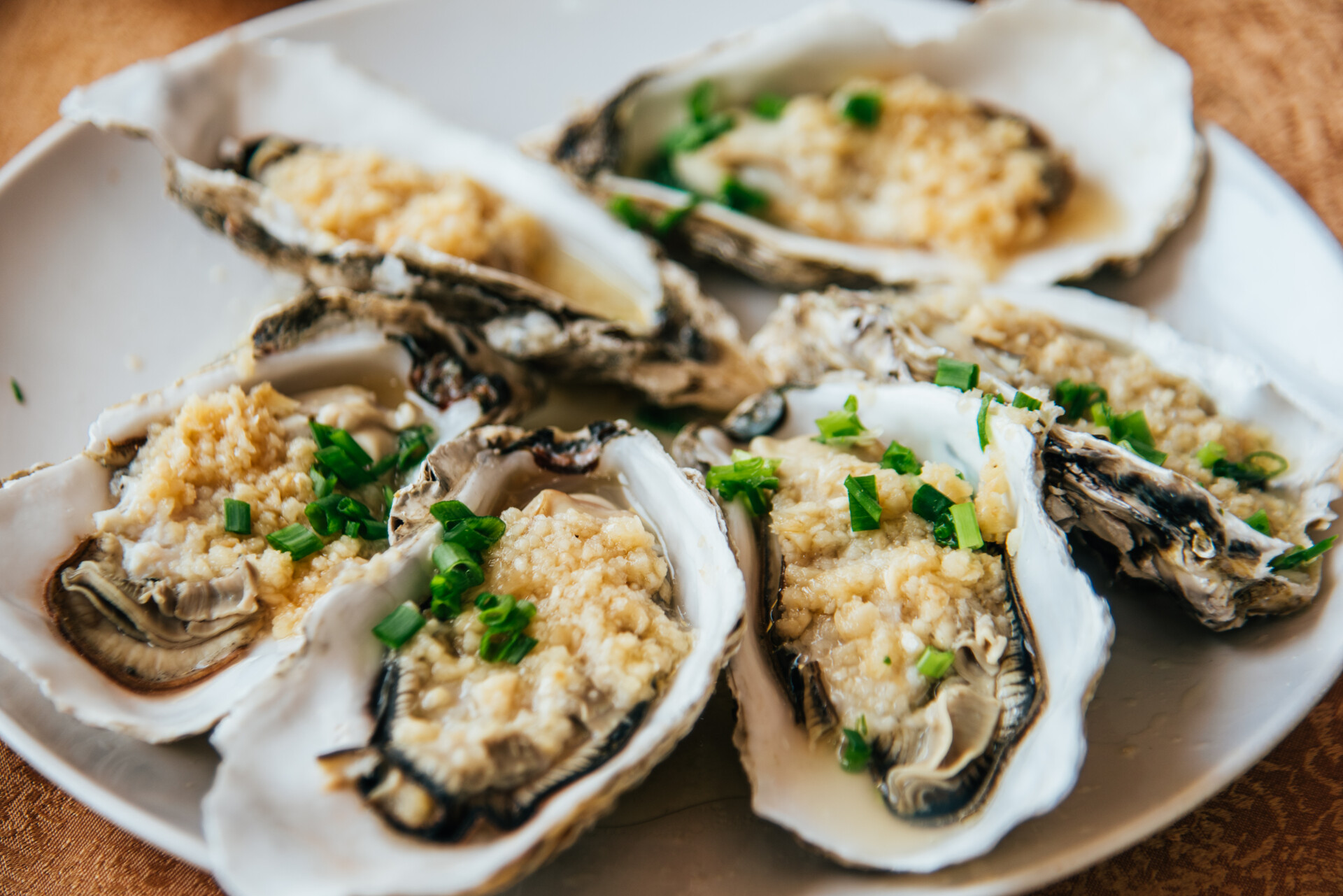
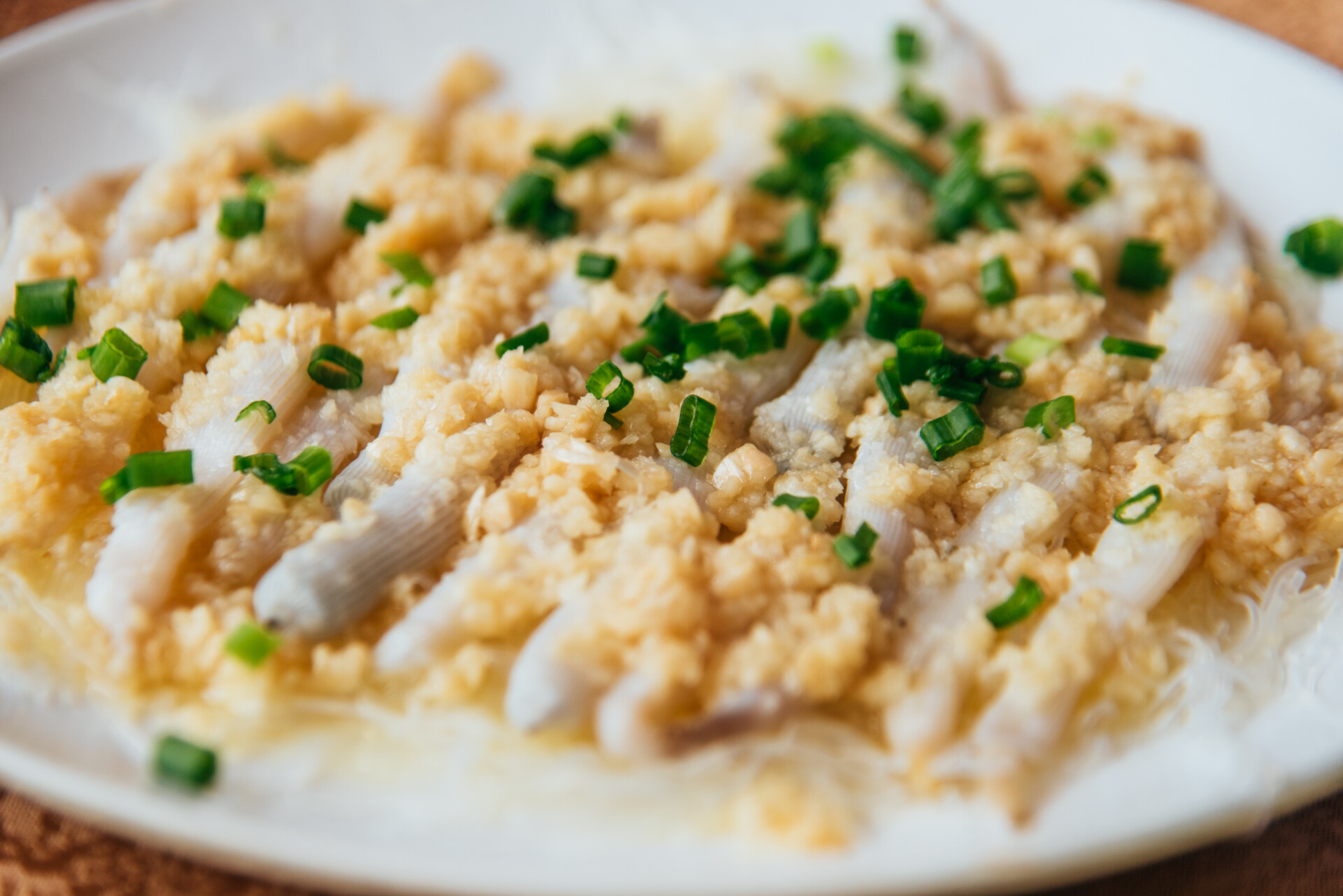
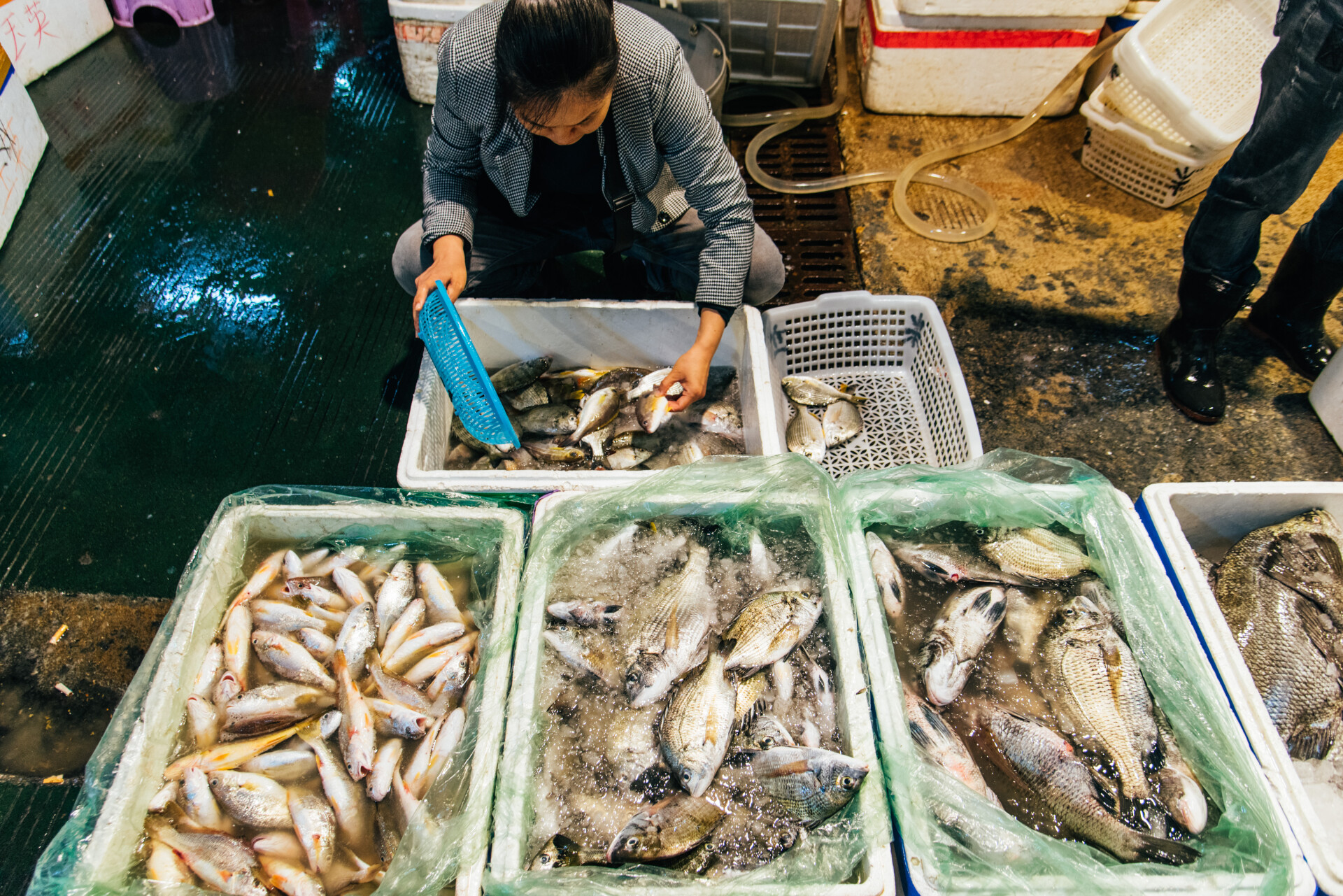
In addition, the unique local festival of "Nian Li" in western Guangdong, especially in Maoming and Zhanjiang, is even more ceremonious than the Spring Festival. Nian Li is more like a combined celebration of the Spring Festival, Lantern Festival, temple fair, and other important commemorations related to ancestors or gods. It is held in different villages on different dates in the first two months of the lunar calendar.

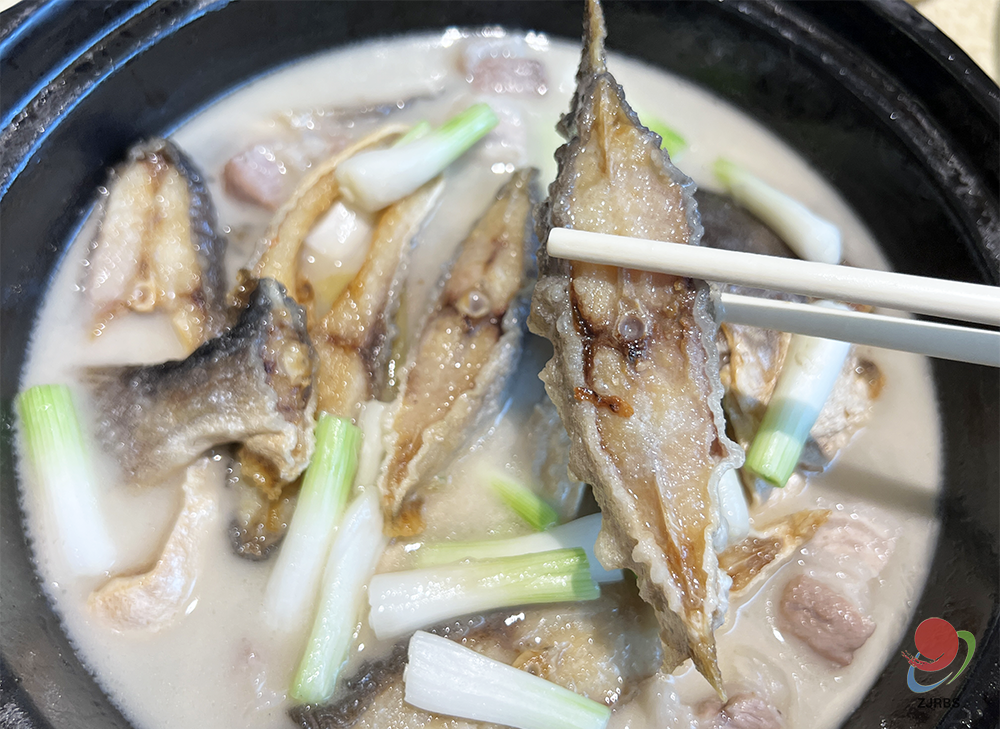
(Photo: Zhanjiang Daily)
Starting from the first day of the Lunar New Year, Nian Li festivities unfold across several villages. Those who have been away from home would return for the festival. Locals engage in activities, such as parades and ceremonies, and communal dinners that are attended by hundreds of people. Signature dishes such as white cut chicken, white cut duck, steamed abalone, steamed crab, and lobster, accompanied by specialty snacks like rice cakes, rice noodle rolls, and leaf-wrapped pancakes, provide a sumptuous culinary experience.
Reporter | Holly
Poster | Mia
Editor | Nan, Monica, James
















